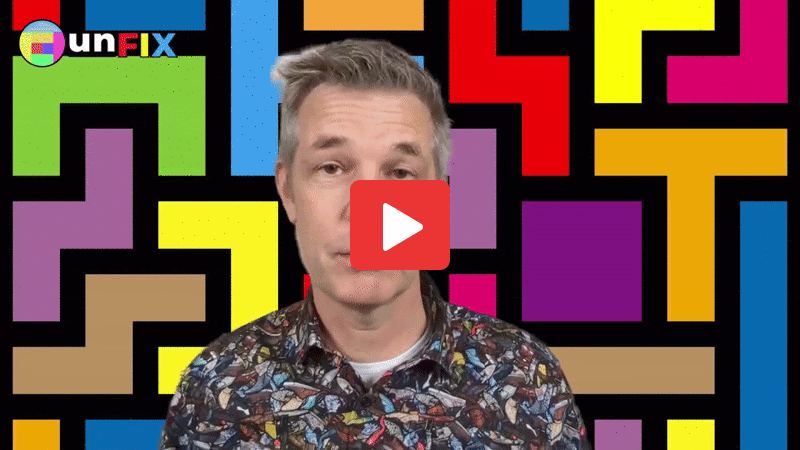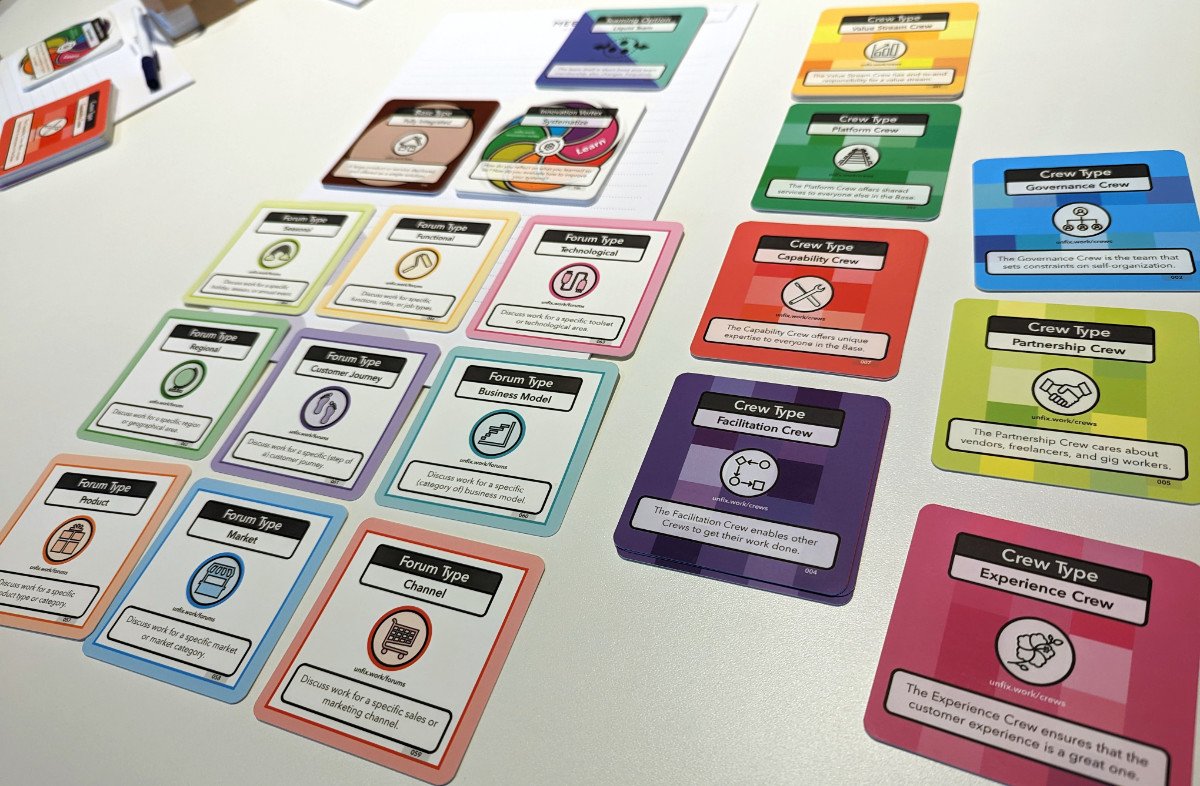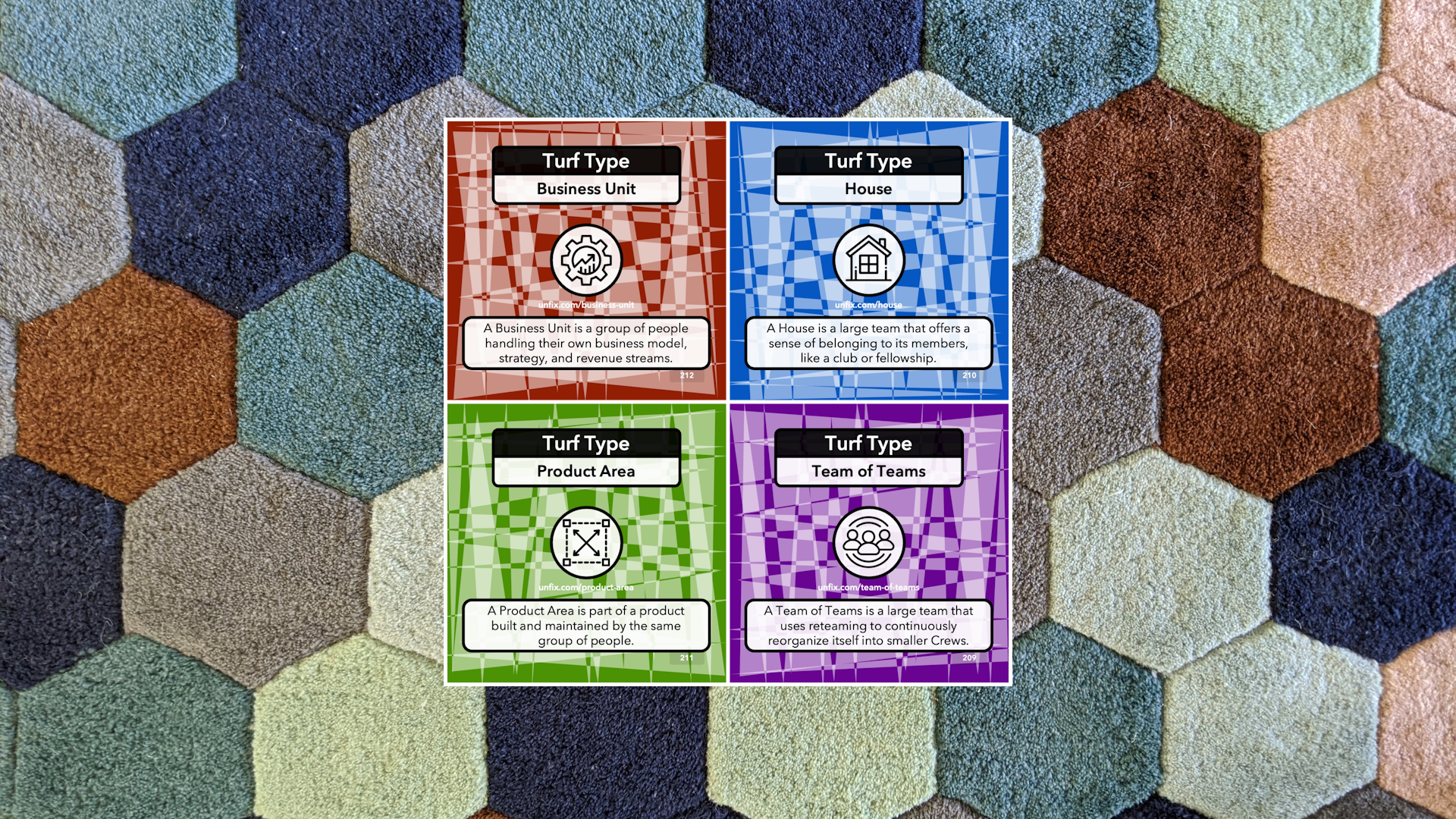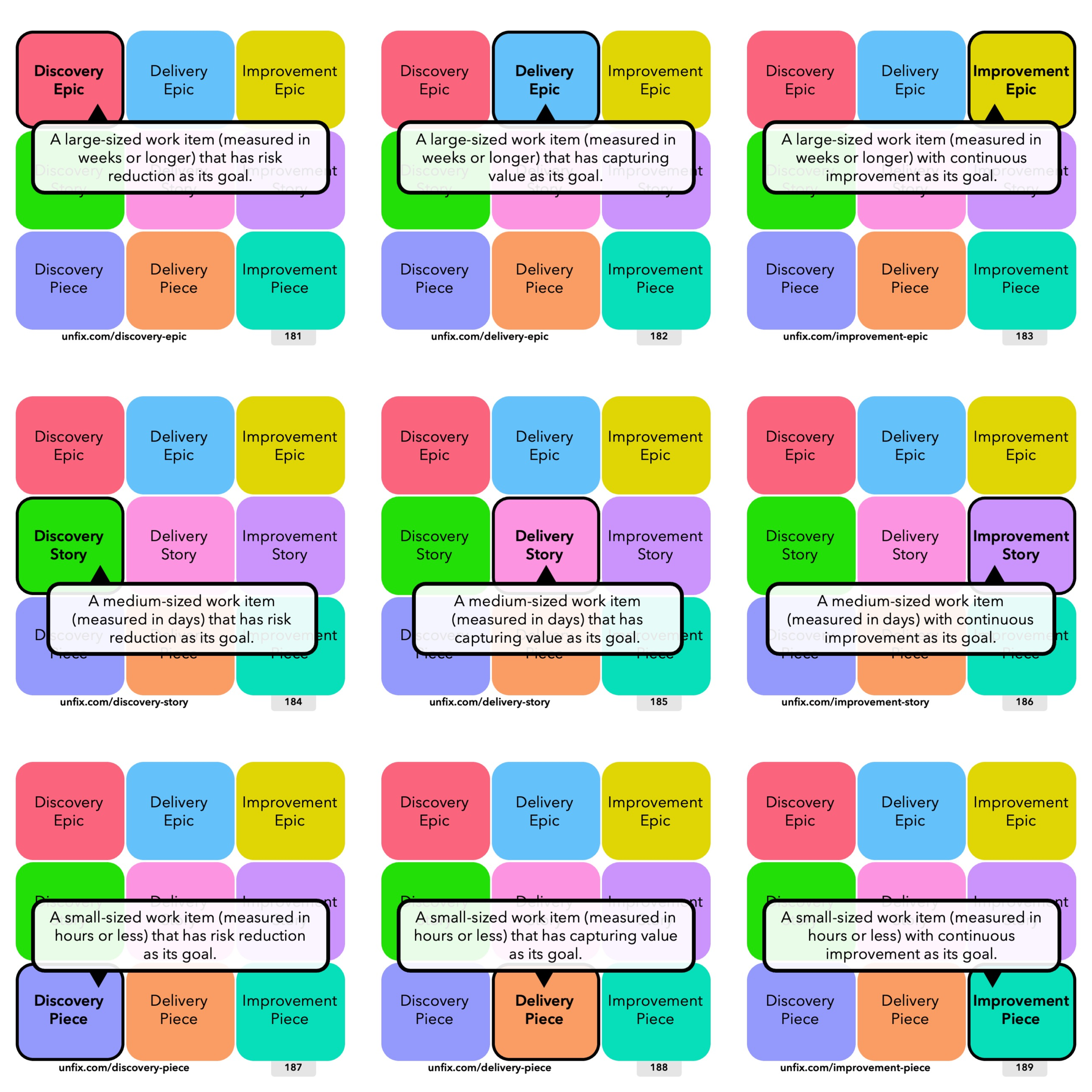
The Purpose of a System Is What It Does
When a community claims its ideology intends to do A, but everyone can see that the actual behaviors of community members are B, then the system's purpose is B, not A.

“How Is unFIX Doing?”
Every week, people ask me, "What about unFIX? How is it doing?" The answer, of course, depends on how you measure it.

Rethink Your Job, or Prepare to Retire
The nature of the work has changed, and it's essential to rethink your role in this evolving landscape. I will not be replaced by AI; I will be replaced by someone who makes better use of AI.

Hard Agile, Soft Agile, and Not Agile
Labeling every non-pure Agile approach as “waterfall” is not helpful. Big Design Upfront only exists in the first quadrant, which we can indeed label as “Not Agile.”

Middle Managers Should Stop Coordinating
There's no need for middle managers to do any coordination. You just need a quick and civilized way for people to get together across the enterprise to coordinate decisions about a variety of topics.

Sometimes, You *Don’t* Want Focus
One exception to the idea of keeping focus is when you're working with a portfolio of options. Investors don't want focus; they want diversification to balance their portfolio.

The Standard Value Stream Concept Is Outdated—Here’s an Improved Definition
A value stream is the set of actions needed to discover or deliver on a job-to-be-done / value proposition from a signal to an experience. A value stream always begins and ends with a user or customer. The goal is to improve the experience by optimizing the whole value stream.

Breaking Bad Dependencies (Not Good Ones)
The idea of end-to-end responsibility is that nothing is blocked in this value stream. But autonomy is an illusion, and it’s impossible to break all dependencies. The problem is that many dependencies are not valuable.

The Agile Movement Is Shrinking but the Agile Mindset is Growing
While global demand for agile coaches and transformation leads (as a separate role) has declined, the need for proficiency in agile ways of working (as a skill) has surged.

Is Reteaming Something for You?
Resourcing is moving people around projects like cattle in a barn. Reteaming is people choosing to work in different contexts in a voluntary, autonomous, and self-organized manner.

I Don’t Do Sprints
It makes no sense to trigger all my processes with the same cadence. I don’t have one cadence. I have many.

Horizontal Scaling with Turfs
You can scale a small unit to multiple teams without adding a management layer by using the Turf Types patterns: Teams of Teams, Product Areas, Business Units, and Houses. Any of the four Turf Types mentioned in this pattern set may help grow your Base while your Crews remain small.

I’m Always a Bit Hesitant About Voting
Voting is like water. It’s an essential ingredient for a healthy, social system; but useless and maybe even poisonous when used in large quantities.

Six Steps in Goal-Setting
Goal-setting only happens when there is a process for it. The unFIX model defines six different patterns (or steps) for this process.

The Behavior Change Dynamo
Nurture a growth mindset and increase your willpower, ability, and motivation with a habit-forming loop.

Five Types of Metrics
Metrics are an essential tool for organizational performance. Input metrics, process metrics, output metrics, outcome metrics, and impact metrics all play a role in this.

Yet Another Classification of Backlog Items
There are many ways to organize work items on backlogs. If you begin from scratch, the nine patterns in the unFIX model may offer you a good starting point.

Each Objective Is a Bet with Yourself
Objectives are bets on future scenarios. The bet you make with yourself will likely influence your approach to achieving the objective.

Strategy Is a Many-Dimensional Puzzle
Be skeptical of strategic models, canvases, and strategy mapping methods that let you work in only two dimensions! Strategy is a multi-dimensional puzzle.

The Product Is Not the Experience
The problem with most company and product visions is that they focus on output rather than outcome. We can explicitly distinguish the product value to be offered from the feelings and emotions we hope to generate.
